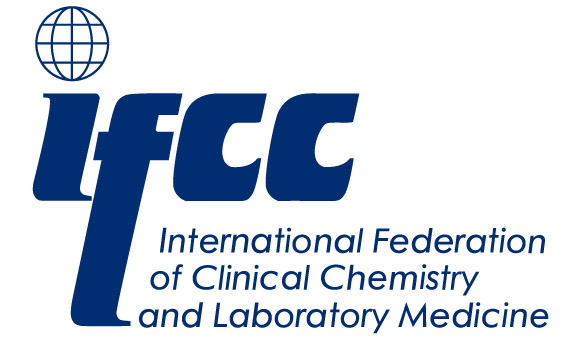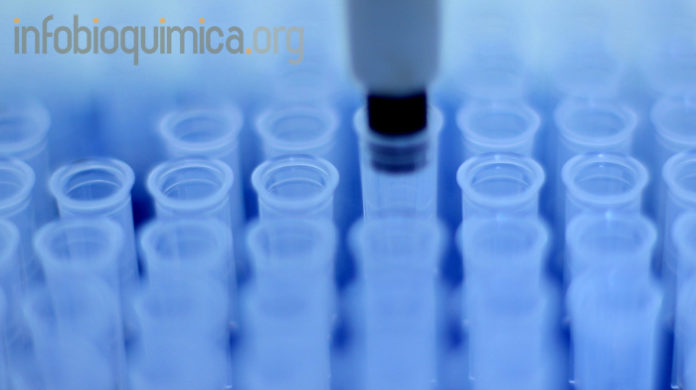Using hydrogel “nanocage” nanoparticles and a chemical bait with high affinity for LAM, Paris et al. showed that patients negative for HIV with active tuberculosis infections had detectably higher concentrations of LAM in their urine than patients without active tuberculosis infections. Nanocages could also be used to detect cytokines and other antigens present in low concentrations in urine, demonstrating the versatility of the technology as a method to detect and monitor infections.
Abstract
An accurate urine test for pulmonary tuberculosis (TB), affecting 9.6 million patients worldwide, is critically needed for surveillance and treatment management. Past attempts failed to reliably detect the mycobacterial glycan antigen lipoarabinomannan (LAM), a marker of active TB, in HIV-negative, pulmonary TB–infected patients’ urine (85% of 9.6 million patients). We apply a copper complex dye within a hydrogel nanocage that captures LAM with very high affinity, displacing interfering urine proteins. The technology was applied to study pretreatment urine from 48 Peruvian patients, all negative for HIV, with microbiologically confirmed active pulmonary TB. LAM was quantitatively measured in the urine with a sensitivity of >95% and a specificity of >80% (n = 101) in a concentration range of 14 to 2000 picograms per milliliter, as compared to non-TB, healthy and diseased, age-matched controls (evaluated by receiver operating characteristic analysis; area under the curve, 0.95; 95% confidence interval, 0.9005 to 0.9957). Urinary LAM was elevated in patients with a higher mycobacterial burden (n = 42), a higher proportion of weight loss (n = 37), or cough (n = 50). The technology can be configured in a variety of formats to detect a panel of previously undetectable very-low-abundance TB urinary analytes. Eight of nine patients who were smear-negative and culture-positive for TB tested positive for urinary LAM. This technology has broad implications for pulmonary TB screening, transmission control, and treatment management for HIV-negative patients.
Authors: Luisa Paris1, Ruben Magni1, Fatima Zaidi1, Robyn Araujo2, Neal Saini1, Michael Harpole1, Jorge Coronel3, Daniela E. Kirwan4, Hannah Steinberg5, Robert H. Gilman5, Emanuel F. Petricoin III1, Roberto Nisini6, Alessandra Luchini1,* and Lance Liotta1
- George Mason University, Manassas, VA 20110, USA.
- Queensland University of Technology, Brisbane, Queensland 4000, Australia.
- Universidad Peruana Cayetano Heredia, Lima 31, Peru.
- St. George’s Hospital, London SW17 0QT, UK.
- Johns Hopkins University, Baltimore, MD 21205, USA.
- Istituto Superiore di Sanità, Rome 00161, Italy.




















































